We tend to think of the laws of nature as fixed. They came into existence along with the universe, and have been the same ever since. But once you start asking why the laws of the universe are what they are, their invariance also comes into question. Lee Smolin is the type of theoretical physicist who likes asking such “why” questions. His inquiries have led him to believe that the laws of the universe have evolved from earlier forms, along the lines of natural selection. In this in depth interview he offers an account of how he came to this view of the evolving universe and explains why physics needs to change its view of time.
Lee Smolin is a rare breed of theoretical physicist. Whereas most physicists see themselves in the business of discovering what the laws of the universe are, Lee Smolin goes a step further: he wants to know why the laws of the universe are what they are.
“I believe in an aspirational form of Leibniz’s Principle of Sufficient Reason. When seeking knowledge, we should act on the assumption that the principle of sufficient reason is true, otherwise we are likely to give up too soon.”
The Principle of Sufficient Reason being the idea that there is a reason for why things are the way they are and Leibniz being a 17th century rationalist philosopher. Lee Smolin is not like other physicists in another way: he draws inspiration from many different fields, including philosophy.
___
Smolin admits that it might be the case that at some point our explanations simply run out and there are no further “why” questions we can ask.
___
It’s perhaps hard to appreciate how unconventional this way of thinking about physics is. Leibniz was a key figure of early modern rationalist philosophy that held necessity to be the key concept that would unlock the mysteries of the universe – things are the way they are because they had to be this way, and reason could explain why that was. Modern science on the other hand for the most part has given up on this idea that the world is governed by rational necessity. Instead, contingency rules: the way things are is the way things are, we can’t really know why. For many scientists the question doesn’t even make sense. Smolin admits that it might be the case that at some point our explanations simply run out and there are no further “why” questions we can ask.
“Of course this might be the case, and it might not be. The only way to find out is to try to see how far we can go.”
And Smolin is prepared to go a lot further in his questioning than most. Pushing the boundaries of explanation has led him to put forward some extraordinary theories, including the idea that the laws of the universe are not invariable across space and time, but are evolving. When asked to give an account of how he arrived at this theory he offers a kind of intellectual autobiography, and why he sees the issue of time as crucial to how we think about laws of nature.







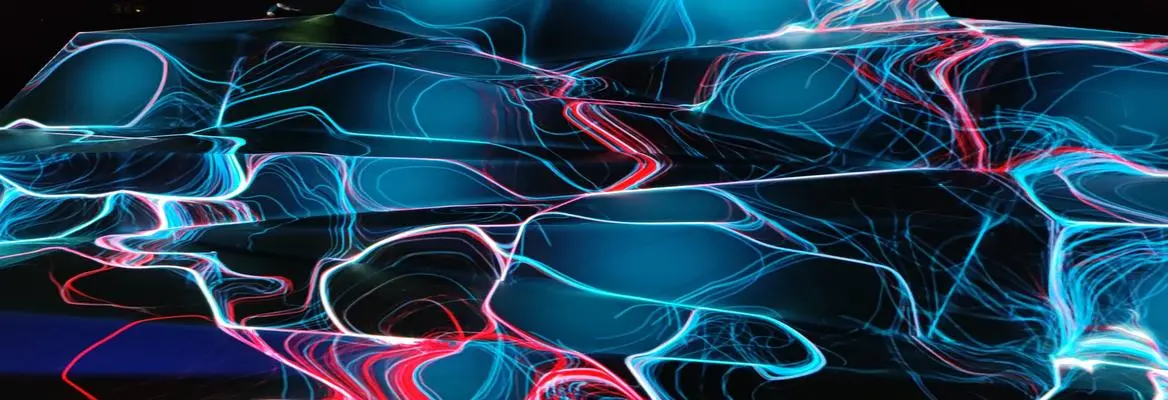


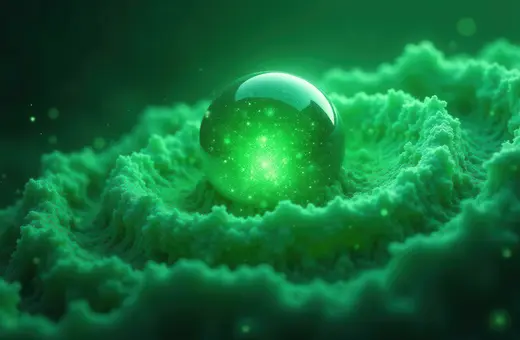
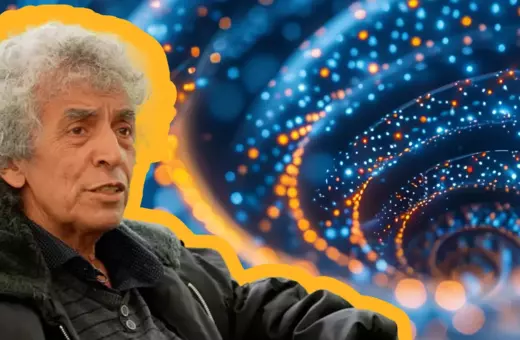
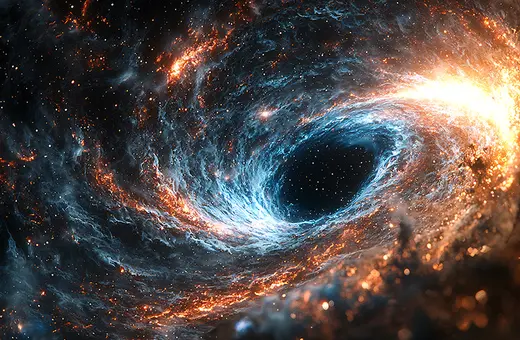


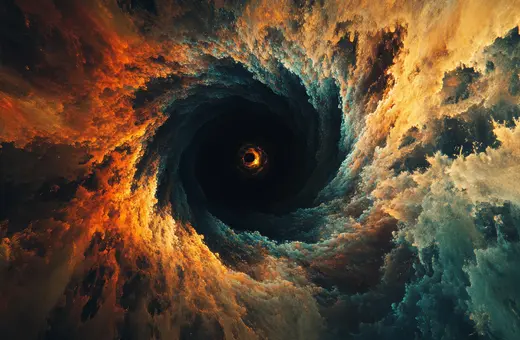


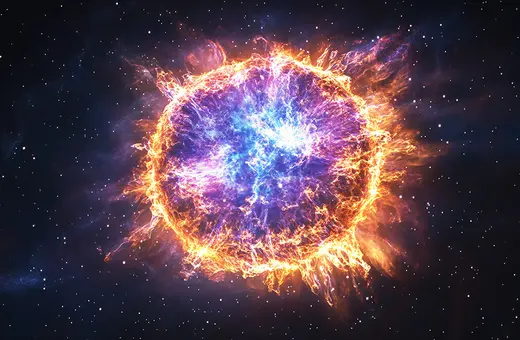
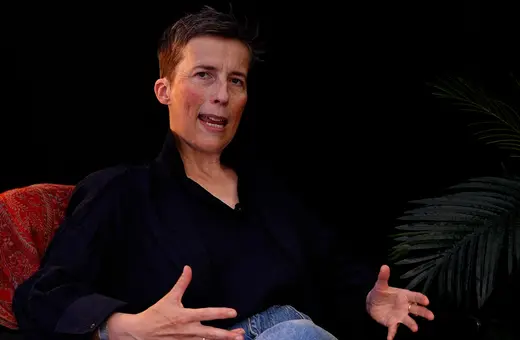

Join the conversation